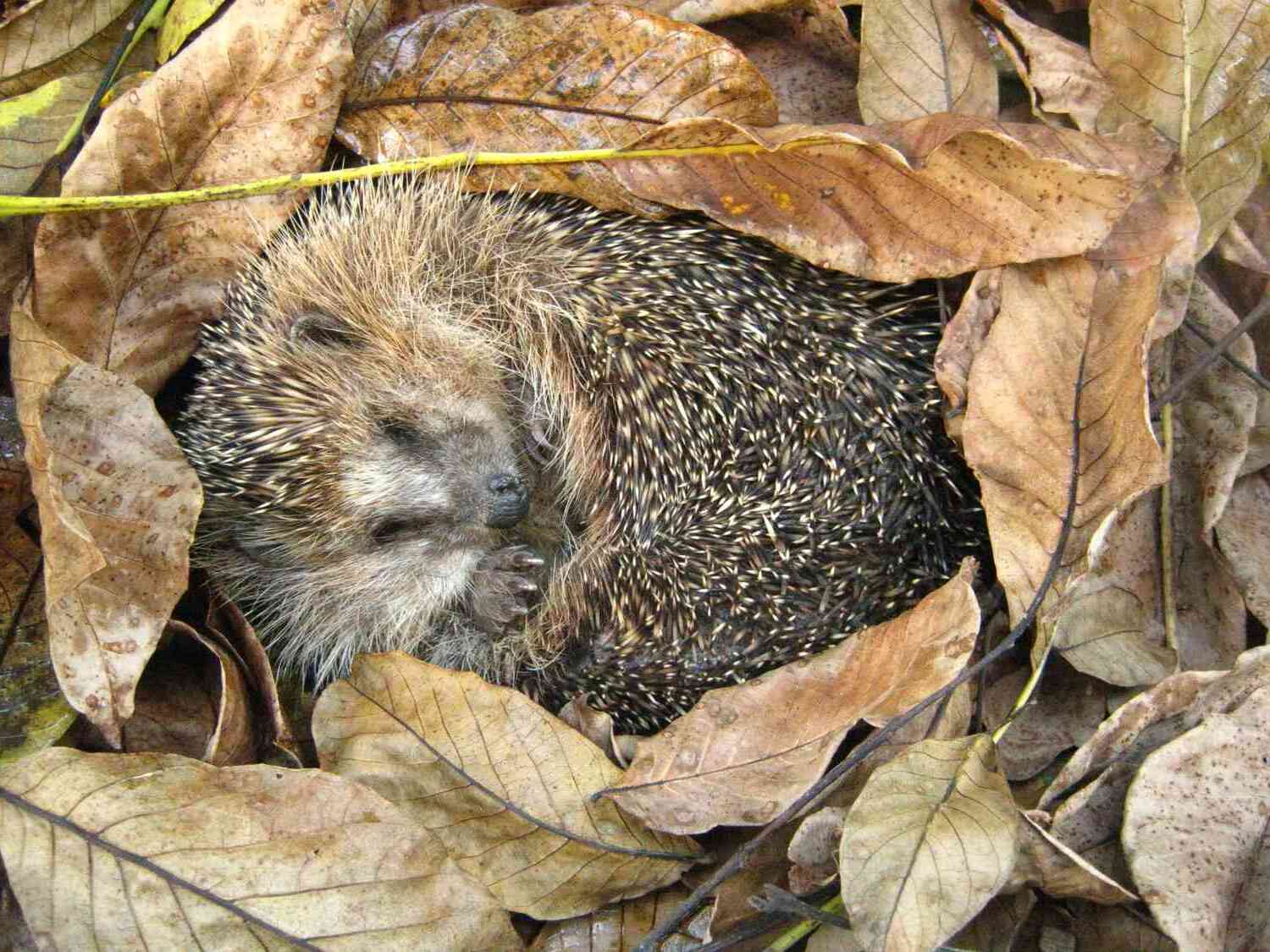
Hibernation is one of nature's most fascinating survival strategies. Ever wondered how animals manage to sleep through the harshest months of the year? Hibernation isn't just about taking a long nap; it's a complex process that helps creatures conserve energy when food is scarce. From bears to bats, many animals rely on this incredible adaptation to make it through winter. But what really happens during this deep sleep? How do they prepare, and what triggers them to wake up? Let's dive into 29 intriguing facts about hibernation that will leave you amazed at the wonders of the animal kingdom.
What is Hibernation?
Hibernation is a state of inactivity and metabolic depression in animals. It allows them to survive periods of cold temperatures and food scarcity. Here are some fascinating facts about this incredible survival strategy.
-
Hibernation vs. Torpor: Hibernation is a long-term state, while torpor is a short-term, daily occurrence. Animals like bats and hummingbirds enter torpor to conserve energy overnight.
-
Not Just for Winter: Some animals hibernate during hot, dry periods. This is called estivation. For example, certain desert frogs bury themselves in mud to stay cool.
-
Heart Rate Drops: During hibernation, an animal's heart rate can drop significantly. A hibernating bear's heart rate can go from 80-100 beats per minute to just 8-12.
-
Body Temperature: Many hibernators lower their body temperature to just above freezing. Arctic ground squirrels can drop their body temperature to as low as -2.9°C (26.8°F).
-
Fat Reserves: Animals build up fat reserves before hibernating. This fat provides the necessary energy to survive months without eating.
Animals That Hibernate
Different species have unique ways of hibernating. Let's explore some of the most interesting hibernators.
-
Bears: Bears are perhaps the most famous hibernators. They can go without eating, drinking, or passing waste for up to seven months.
-
Hedgehogs: Hedgehogs hibernate from October to April. They curl into a tight ball to reduce heat loss.
-
Bats: Many bat species hibernate in caves. They can survive on stored fat for up to six months.
-
Groundhogs: Groundhogs, also known as woodchucks, hibernate in burrows. They can lose up to half their body weight during this period.
-
Turtles: Some turtles hibernate underwater. They absorb oxygen through their skin and cloaca.
How Hibernation Works
Understanding the mechanics of hibernation reveals how animals survive extreme conditions.
-
Metabolism: Hibernation slows down an animal's metabolism. This reduces the need for food and energy.
-
Hormones: Hormones like insulin and leptin play a crucial role. They help regulate fat storage and energy use.
-
Brain Activity: Brain activity decreases but doesn't stop completely. Animals can still respond to extreme stimuli.
-
Periodic Arousal: Some animals periodically wake up during hibernation. This helps prevent muscle atrophy and maintain bodily functions.
-
Immune System: The immune system remains active. This helps protect against infections.
Hibernation Myths
There are many misconceptions about hibernation. Let's debunk some of the most common ones.
-
Deep Sleep: Hibernation is not just deep sleep. It's a complex physiological state.
-
All Bears Hibernate: Not all bears hibernate. Polar bears, for example, remain active year-round.
-
Instant Wake-Up: Hibernating animals don't wake up instantly. It can take hours for their body temperature and metabolism to return to normal.
-
No Movement: Hibernating animals do move occasionally. This helps prevent bedsores and muscle atrophy.
-
Only Mammals: Hibernation is not limited to mammals. Reptiles, amphibians, and even some insects hibernate.
Human Hibernation?
Could humans ever hibernate? Scientists are exploring this possibility for space travel and medical purposes.
-
Medical Induced Hypothermia: Doctors use induced hypothermia to slow metabolism during surgeries. This is a form of controlled hibernation.
-
Space Travel: NASA is researching hibernation for long-duration space missions. This could reduce the need for food and oxygen.
-
Cryonics: Cryonics involves freezing humans for future revival. While not true hibernation, it shares some principles.
-
Hibernation Genes: Some researchers believe humans have dormant hibernation genes. Unlocking these could have medical benefits.
Fun Facts About Hibernation
Here are some quirky and lesser-known facts about hibernation.
-
Hibernation Parties: Some animals, like the common poorwill, hibernate in groups. This helps conserve heat.
-
Hibernation in Literature: Hibernation has inspired many stories and myths. For example, Rip Van Winkle "hibernated" for 20 years.
-
Hibernation and Climate Change: Climate change affects hibernation patterns. Warmer winters can disrupt hibernation cycles.
-
Hibernation and Longevity: Hibernating animals often live longer. Reduced metabolic rates slow down aging.
-
Hibernation and Memory: Some studies suggest hibernation affects memory. Animals may forget certain things after waking up.
The Wonders of Hibernation
Hibernation is more than just a long nap. It's a survival strategy that helps animals endure harsh conditions. From bears slowing their metabolism to bats lowering their body temperature, each species has unique adaptations. Some animals, like groundhogs, enter true hibernation, while others, like bears, experience a lighter form called torpor. Even fish and amphibians have their own versions of hibernation. This fascinating process showcases nature's ingenuity in ensuring survival. Understanding these facts not only deepens our appreciation for wildlife but also highlights the delicate balance of ecosystems. Next time you see a hibernating animal, remember the incredible biological processes at play. Hibernation is a testament to the resilience and adaptability of life on Earth.
Was this page helpful?
Our commitment to delivering trustworthy and engaging content is at the heart of what we do. Each fact on our site is contributed by real users like you, bringing a wealth of diverse insights and information. To ensure the highest standards of accuracy and reliability, our dedicated editors meticulously review each submission. This process guarantees that the facts we share are not only fascinating but also credible. Trust in our commitment to quality and authenticity as you explore and learn with us.


